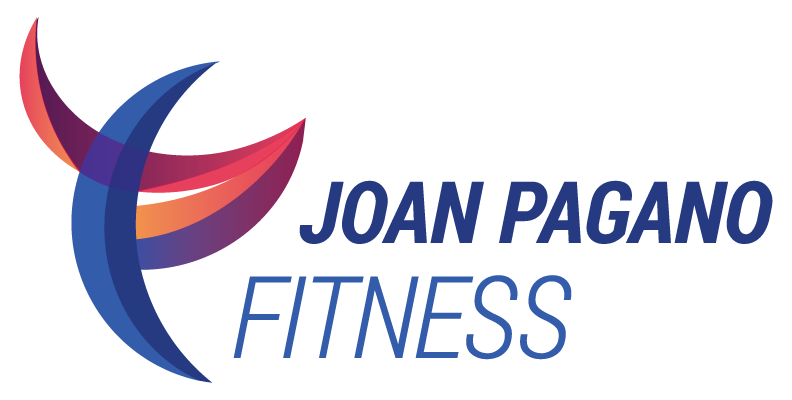Why are shoulder exercises important? Along with the muscles of the back and the chest, the shoulder is central to upper body strength. However, because of the highly mobile shoulder joint, it is also vulnerable to injury and is at risk with daily activities as well as with exercise.
Read MoreThe bridge is a simple bodyweight exercise that strengthens the back side - glutes, hamstrings, and spinal muscles - while engaging the core. It activates the glutes to prevent dormant butt syndrome and builds core stability.
Read MoreIf you have osteoporosis, the hip hinge exercise trains you how to bend safely and protect your spine In activities where you are standing leaning forward, as in doing dishes, making the bed, folding laundry, or brushing your teeth.
Read MoreThe Dead Bug series is a progression of exercises that strengthen the core while keeping the spine aligned. If you have osteoporosis of the spine, these exercises are a safe alternative to crunches and sit ups.
Read MoreOsteopenia is early warning to take action to avoid wrist, spine, and hip fractures that can occur with osteoporosis. Specific exercises focusing on prevention will strengthen the bones and reduce the risk of a break.
Read MoreWhy is osteopenia of the spine a wake-up call? Most bone fractures occur in the spine, which is why a diagnosis of osteopenia is a wake-up call to strengthen the vertebrae before a fracture occurs.
Read MoreOsteopenia is lower bone density than normal, but it is not a disease. Regular exercise can prevent further bone loss and may improve bone density.
Read MoreCurrent research is focused on how resistance training can help protect bones and prevent osteoporosis. The resistance is in the form of both weight bearing cardio exercise and weight training.
Read MoreThe best exercises to improve posture focus on spinal alignment, core stabilization, and proper body mechanics. Good posture and safe body dynamics protect your bones and allow you to stay active and independent.
Read MoreWhile there are certain osteoporosis exercises to avoid if you been diagnosed with osteoporosis, exercise is extremely beneficial. Follow these safety guidelines pertaining to specific positions, movements, and impact.
Read MoreOsteopenia is low bone density as measured in a bone density test, sometimes referred to as “pre-osteoporosis”. While lower than normal density, osteopenia is not low enough bone loss to be osteoporosis. It is considered a risk factor for osteoporosis but does not always lead to it.
Read MoreMuch of the sense of balance can be preserved and even restored with balance exercises for seniors that require no special equipment or training.
Read More












